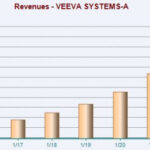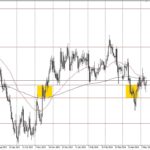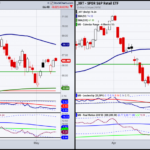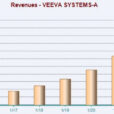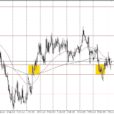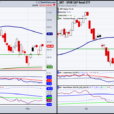
Written by Steve Blumenthal, CMG
“Anything that has happened economically, has happened over and over again.” – Ray Dalio, founder, Bridgewater Associates, in Bloomberg interview
My thinking is impatient and mostly critical as I sift through research each week. I’m sure my “get to the point” personality frustrates my co-workers and I’m sure at times my beautiful wife. It’s a personality flaw, I know; but hey, I’m just not sure any amount of therapy can help.
As I sift through research, my head clicks doesn’t matter, doesn’t matter… matters! Last week I wrote about Camp Kotok. There were some important “matters” moments. For example, there was an interesting moment when Bloomberg’s Mike McKee fired hard questions at the panel of economists and former Fed insiders.
Stress test very bright thinkers on stage with their peers and you get to watch their body language as you listen to their answers. Further, you get to watch the movements and facial expressions of others in the room. The panelists debated what the Fed will do next.
The most important takeaway from camp was confirmation of my view that the Fed, at the highest level, is heavily reliant on, if not married to, a limited equation called the Phillips Curve. The Fed’s goals are to keep employment strong and inflation in check.
The Phillips Curve is a single-equation empirical model, named after William Phillips, describing a historical inverse relationship between rates of unemployment and corresponding rates of inflation that result within an economy.
The Phillips Curve assumes that high levels of employment will pressure wages, increase incomes, increase spending and drive inflation higher. And that is true in the short-term debt (or business cycles) we move through over time, but is it always true? In my view, the answer is no.
I argued they need to consider where we are in terms of both the short-term and the long-term debt cycle. A retired senior Fed economist said to me, “Until someone comes up with a better model, it’s the best we’ve got.” At this moment in time, they are looking at the wrong thing. “Matters!”
Put “how the Fed will likely react” in the matters category. Put the Phillips Curve in the matters category simply because it is what the Fed is focused on and not because it is the right metric and put, as I mentioned last week, the understanding of short-term and long-term debt cycles and where we are within those cycles in the matters most category.
Bottom line: We sit at the end of a long-term debt cycle. One very few of us have ever seen before yet one that has happened many times over hundreds of years. The data exists. The Phillips Curve doesn’t see it.
I wrote last week, “… the Fed is Focused on the Obvious and the Unimportant.” That is important for us to know. But then, what should the central bankers and you and I be focused on? Let’s take a look at that today and see if we can gain a better understanding.
Meeting Bloomberg’s chief global economist Mike McKee at Camp Kotok was a real treat for me. If you have listened to Bloomberg radio over the years, you’ll know him as Tom Keene’s co-host. So how will the next few years play out? What does it mean in terms of the returns you are likely to receive? In the matters category, I believe this is what you and I need to know most.
Following are my abbreviated notes from a recent Keene-McKee-Ray Dalio video interview to better understand how the economic machine works and how Bridgewater uses this understanding to invest their clients’ money.



